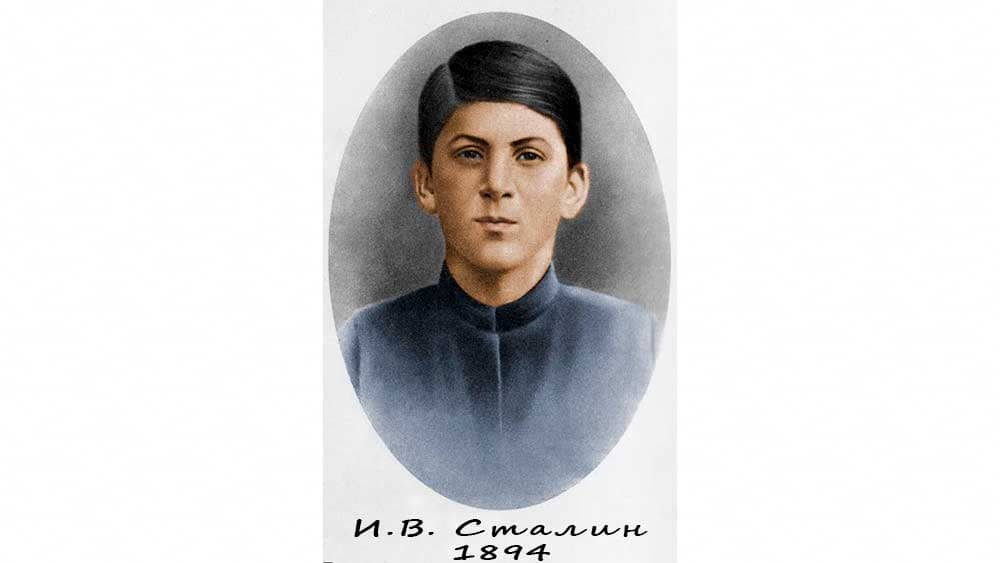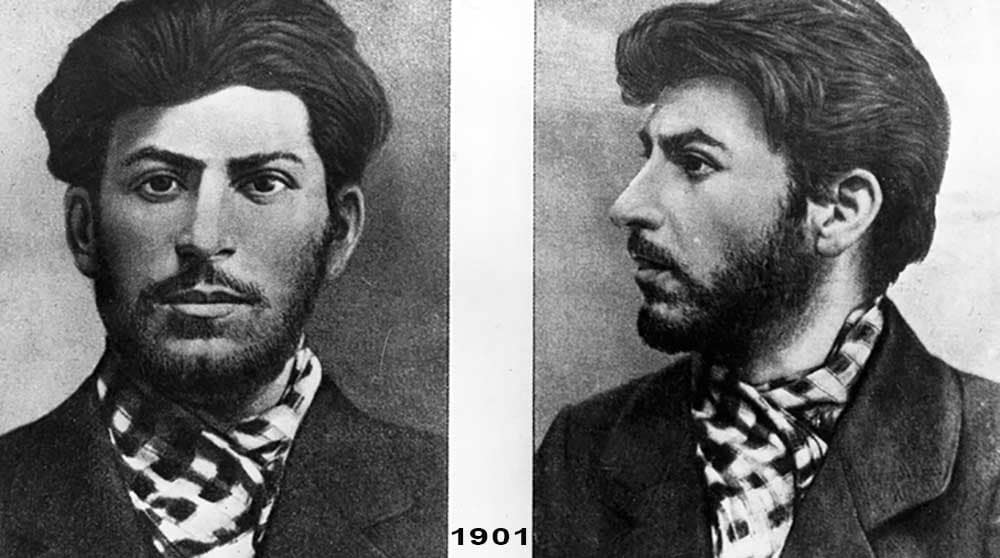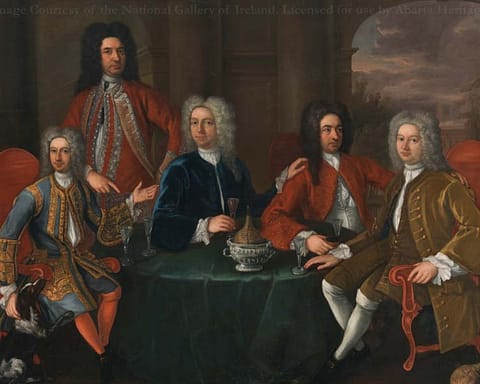Introduction
Joseph Stalin was an influential figure who had a significant impact on world history – even his staunchest opponents cannot deny this. “He inherited Russia with a plow and leaves it with nuclear reactors,” said British historian Isaac Deutscher in an obituary following Stalin’s death.
In addition to the victory in the Great Patriotic War and the subsequent reshaping of the world, Stalin played a crucial role in the history of our country. After attempts to slander and vilify Stalin in the 1990s in favor of Western propaganda, our society is once again turning to its true history. It is inconceivable without respect for the leader’s personality and pride in the country’s achievements under his leadership.
Interesting Facts from Stalin’s Life
Stalin is a pseudonym. Many revolutionaries used pseudonyms in the early 20th century. The future leader of the USSR’s real surname was Dzhugashvili. He was of Georgian nationality and was born into a family of simple workers in the city of Gori in 1879.

• Stalin’s father often beat his mother, and he also suffered abuse. In the end, Vissarion Dzhugashvili succumbed to alcoholism and died of tuberculosis.
• At the age of six, Joseph almost got crushed by a cart. His left arm started to hurt and eventually became deformed. To hide this, he learned to skillfully put his hand in his pocket.

• In his teenage years, Stalin entered a seminary to become a priest and excelled in all subjects.
• In 1899, Soso (Joseph) dropped out of the Orthodox seminary. Some historians believe it happened due to a lack of money for education, while others are convinced that Joseph’s rebellious nature prevented him from combining rebellion with the humility of a Christian.
• Young Stalin did not receive a diploma, but he was issued a certificate that allowed him to teach in elementary school.
• Stalin was deeply influenced by Marxist ideas even during his time at the seminary. In an interview, he stated that the mistreatment of students and Jesuit teaching methods pushed him towards revolutionary activities. He advocated for universal equality, despised human exploitation, and detested the poverty in which the vast majority of people around him lived.

• The idea that Stalin played the role of a bank expropriator (robber) for revolutionary activities in the party does not correspond to reality. His main tasks before 1917 were organizing strikes throughout the Caucasus, propagating revolutionary ideas, publishing relevant literature, and being one of the key employees of the Bolshevik newspaper “Pravda.” Stalin spent a lot of time in numerous arrests and exiles, managing to continue his revolutionary work even from there.
• Stalin had other pre-revolutionary nicknames, such as Koba, among others. But from 1913 onwards, Stalin was no longer a pseudonym but his surname. He simply translated the word “Dzhuga” from Georgian to Russian, which turned into “stal” and transformed into “Stalin.”
• Lenin and Stalin were initially comrades in the party. However, as Lenin’s death approached, their political lines diverged significantly. Stalin developed the doctrine of “building socialism in one country,” while Lenin remained a proponent of world revolution until the end of his life.
• In 1906, Stalin married Ekaterina Svanidze. However, a year and four months later, his wife passed away after a prolonged illness, leaving Stalin with their young son Yakov.
• Nadezhda Alliluyeva became Stalin’s second wife. She was twenty-two years younger than Joseph, suffered from headaches, and was constantly dissatisfied with her husband’s perpetual busyness. From this marriage, Stalin had a son named Vasily and a daughter named Svetlana.
• Yakov Dzhugashvili was a brave soldier and artilleryman. He died in the Sachsenhausen camp while attempting to escape. The story that Stalin was offered to exchange Yakov for Field Marshal Paulus has no evidence. Vasily graduated from an aviation school, fought successfully, and continued his career as a pilot after the war.
People described him as impulsive, spoiled, with a complex character, but kind, cheerful, and honest. After Stalin’s death, Vasily’s life did not go well. He spent several periods in prison and died in 1962.
• Stalin also had an adopted son, Artem Sergeev. Artem became a Major General of Artillery and a hero of World War II. Svetlana, Stalin’s beloved daughter, fled to America in the 1960s. After a few years, she unexpectedly returned to the USSR, but in 1986, she left for America again. Her daughter Olga currently lives in the United States and attracts attention with her rather peculiar behavior.
• Many actions and quotes are attributed to Stalin that he never said or did. For example, the phrase “When there is a man, there is a problem; when there is no man, there is no problem” does not belong to Stalin at all. It was attributed to him by writer A. Rybakov in the novel “Children of the Arbat.”
• Stalin was a great music lover and had a large collection of records that he listened to on a record player gifted by Churchill. Each gramophone record had a note indicating whether it contained good or bad music.
• Undoubtedly, Stalin was a convinced and fervent atheist. However, there is a legend that before the Battle of Moscow, the leader visited a church where he prayed to Saint Matrona. There, he heard a voice from heaven saying that the capital would not surrender to the fascists. This version seems to be true since there are witnesses who claim to have seen Stalin in the church. After this visit, Stalin ordered to fly over Moscow with the icon of the Kazan Mother of God.
• The terms “cult of personality,” “repressions,” “Great Terror,” etc., appeared in the country only after Stalin’s death. These words were first uttered by Khrushchev in 1956 in his report “On the Cult of Personality and its Consequences.” However, the population of the country perceived them with bewilderment. Later, Khrushchev renamed Stalingrad to Volgograd and demolished Stalin’s monuments.
During Khrushchev’s time, there was a state order to expose the “cult of personality,” the “bloody tyrant,” the “totalitarian regime,” and so on. Gradually, these ideas began to take root in the mass consciousness and became dominant after perestroika and the collapse of the USSR.
• The real figures of the scale of the “Stalinist repressions” are as follows (based on data from the most authoritative researcher on this issue, V.N. Zemskov). At the beginning of 1939, during the peak of the repressions, there were 1,672,438 people in all Gulag camps.
At that time, the population of the USSR was about 190 million people. Now let’s look at the number of prisoners in the CIS countries in 2009. The total number of prisoners in all former Soviet republics was 1,291,000 people with a population of up to 280 million people.
Thus, we can see that the number of prisoners during the height of the repressions and in our relatively “peaceful” time is almost the same. The difference between the incarcerations is less than one and a half times. However, for some reason, the numbers that were justified for a huge country during a difficult time are considered bloody repressions under Stalin, while nearly 1.3 million prisoners in Russia are considered a normal phenomenon.
• French President Charles de Gaulle said after Stalin’s death that Joseph Vissarionovich did not die but would forever be with the Soviet people.
• During Stalin’s rule, bureaucrats were allowed to have a maximum of three-room apartments.
• Joseph Vissarionovich was a great movie enthusiast and took cinema art very seriously. He watched all significant premieres before they were released and had home theaters in all his residences. If something did not please the leader, he ordered the scene to be reshot.
For example, in the film about Tsar Ivan IV, Stalin did not like a kissing scene, considering it indecent, so the director removed it from the movie. Stalin watched both domestic and foreign films. It is said that he liked American westerns.
• Stalin was a very modest person. He almost always wore a frock coat and boots, and his coat was worn “to the last.”
• At the time of Stalin’s death, he had 900 rubles in his savings book. He also left behind a large collection of gifted pipes, gramophone records, and a library of about a thousand books. These books included physics, technology, electricity, poetry, and fiction literature.



